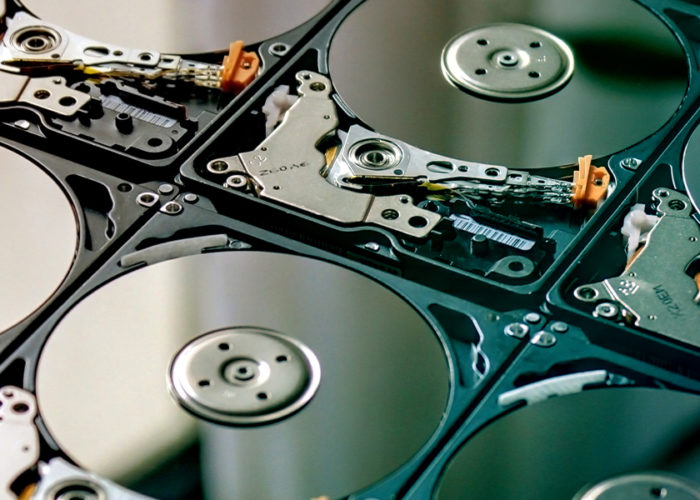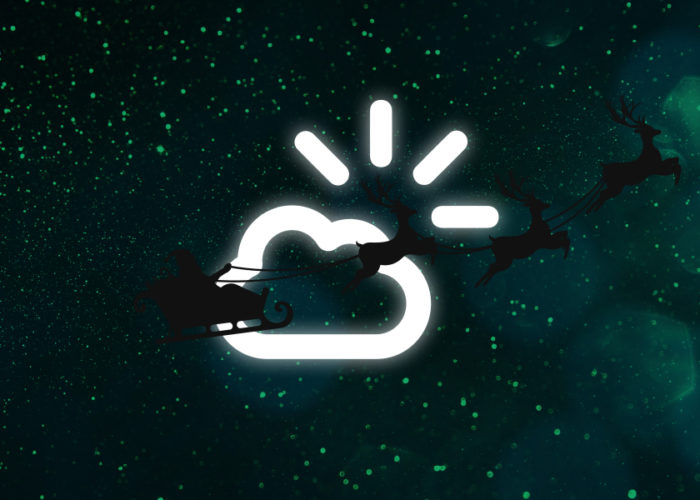April 26, 2021
There is a common misconception that saving data off premise as a backup means if anything goes wrong at the office, denying access to it, like a flood or fire, the business can simply restore the backup and carry on as normal.
“It’s just a server in the Cloud with all our files on, isn’t it?”, we hear you say. Wrong. What’s needed in this instance is a disaster recovery solution which is similar to a backup solution but different in critical ways when it matters.
When an IT disaster strikes, time stands still. A very frightening concept when you consider the cost of not just wasted employee productivity, but the potential reputational damage and potential legal problems caused through hiccups in production impacting contractual terms of supply.
But of course, an IT disaster is not just about fires, floods and power cuts, these days organisations of every size and complexity face the risk of data loss, security breach, or system unavailability through malicious actions – all of which results in a catastrophic and costly event.
Often though the very action of constantly over-writing data can cause it to become corrupt, or simple human error deletes files needed once again after a period in archive, for reference or compliance requirements. Different scenarios require a blended overlapping solution.
Fortunately, disasters always happen to other businesses, right? But just to be on the safe side, you need to be in a situation to retrieve lost or corrupted files, just as easily as you can recover the entire system, data, apps and all when disaster strike.
The efficiency of your ability to replace lost files or recover from disaster could directly impact the survival of the business when something goes wrong. Which is why you need to understand the differences between backup and disaster recovery solutions.
By now most businesses accept that the safest, most effective backup and disaster recovery options are off-premise and involve a secure cloud-based solution. Whether that cloud-based solution is private, public or a hybrid mix of the two is something we’ll discuss in detail elsewhere.
Human error or a system malfunction can easily lose data, often with only a limited number of documents, files or folders made inaccessible.
But regular backups implemented automatically by a Backup as a Service (BaaS) solution, ensure these missing assets can be restored easily and simply, with a minimum of disruption, as long as your existing application infrastructure remains intact.
However, if a catastrophe strikes and you lose everything through malicious action or a natural disaster, you need a different solution.
That solution is Disaster as a Service (DRaaS), which has been working diligently in the background of your business to replicate your entire system, data, operating environment, business critical applications, etc., and always maintaining a current copy – depending how it’s tailored for you.
Both options are best implemented as cloud-based solutions, which makes the cost and risk of maintaining your own high-volume storage on your premises redundant. Your efforts at ensuring the security and resilience of your data storage will never match that of the data centres we use.
DRaaS handles the worst-case scenarios, when your data is compromised and you can no longer access your hardware or applications, a tailored DRaaS solution will have your operations up and running as quickly as agreed, depending how critical you viewed any downtime.
Remote working has become more acceptable, even preferred, which makes recovery with a DRaaS solution even easier, with a cloud-based version of your network ready to be accessed by your people working remotely.
But it’s not an incremental option, it’s all or nothing. Which is why you need to run your DRaaS solution in conjunction with your BaaS solution, which allows for individual files or documents to be recovered with the minimum of fuss.
Remember, this is not an either or choice, for a comprehensive business continuity plan, you really need both BaaS and DRaaS to fully protect your business from what the future can throw at it.
Whether it’s malicious actors intent on holding your date to ransom, a flood or a local lockdown, the only way to carry on in the future, is to act now.

Read full story

Read full story

Read full story

Read full story

Read full story

Read full story

Read full story

Read full story

Read full story

Read full story

Read full story

Read full story

Read full story

Read full story

Read full story

Read full story

Read full story

Read full story

Read full story

Read full story